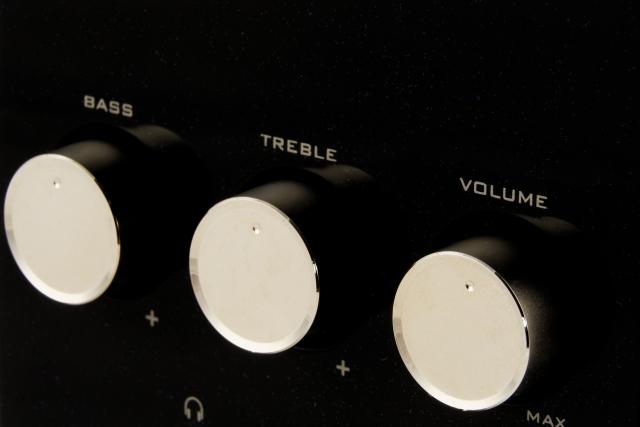In this article:
It’s a familiar scenario: we need to talk to our bank because we’ve lost a card, need an overdraft or loan, or want something simple like an account balance. Five years ago, any interaction with a bank represented friction for most.
Fewer and fewer branches to visit to talk to a human, call centers that took an age to get through to, or online services that only allowed basic interaction around a narrow group of financial products and services. Amazon CEO, Jeff Bezos once said: “You know if you make a customer unhappy, they won’t tell five friends, they’ll tell 5,000 friends.” A message equally relevant to retail banking as it is to online commerce.
For product managers, responsible for how consumers experience their goods and services (their brand), this has always been a headache.
All of these things of course are becoming easier to enact online as banks hastily re-invent themselves as practitioners of excellent customer service. Whether that’s because so called challengers like N26 and Revolut are disrupting the banking market, or consumer expectation requires it, banks are changing and it’s Enterprise Communication that is helping to accelerate CX transformation.
However, taking in the array of communication options can be daunting. The market is fragmented. Should you opt for SMS, chat apps, a call center or something else? What do your customers expect, and how can you support multiple communication channels? Moreover, how and in what measurable ways will customer communication improve any given product or service (be that in banking or for any product), and consumer experience of it, that includes customer facing communication).
A 2018 study by tech firm, Mulesoft, illustrates the problem. 81% of respondents believe the organisations that they routinely interact with provide a disconnected customer experience and two-thirds (69%) would consider changing their bank, retailer or insurance provider because of it.
Savvy enterprises are switching to CPaaS (communication platform as a service) which combines different messaging platforms (SMS, RCS, in-app video calling and AI based services like chatbots) via the integration of simple, programmable APIs.
The benefits are many and speak to how a user wants to engage with an enterprise (on a platform and time of their choosing) and how friction in the user journey is kept to a minimum.
A customer on a retail app for example may ask a product related question. Without CPaaS, they would have to exit the app to make a call or send an email, which nine times out of ten would result in a lost sale. With CPaaS, they can simply tap to start a live chat with an advisor in-app, or online and choose from a variety of channels, including SMS text messaging, or in-app video calling to do it.
In a world of intensifying competition, it’s often this kind of product-related responsive customer service that is valued above all else by consumers – the communication is instant and contextual. And because it’s API based, CPaaS platforms can be set up quickly (saving time and resource) and tested on the fly to deliver a maximum return on investment.
Importantly CPaaS also reduces fragmentation in the user journey. Travel operator, Booking.com is a great example of how this works in practice. It’s website and mobile apps are available in over 40 languages, offer more than 1.6 million holiday properties and cover 126,000 destinations in 229 countries. However, the company identified that customers making voice calls to book outside of the online or app experience was a source of revenue leakage. The solution was to integrate a CPaaS platform so that calls can be made in-app or via an online experience, bringing bookings (and revenues) back to Booking.com service agents.
Buyer beware
However, the market for true CPaaS providers is actually fairly small. This is because there are only a handful of companies with the infrastructure and direct mobile operator connections needed to deliver it globally.
Why is that important?
Many companies are attempting to operate CPaaS through multiple third-party agreements that entail fragmented best-effort OTT service delivery and technology partnerships – quality inevitably suffers.
CLX has for some time operated a global tier one network. This means it has the required operator connections – important for Service Level Agreements around things like message delivery, security and latency as well as customer support.
CLX is also the most consistent global vendor and undisputed messaging market leader. The only provider to have ranked consistently in the top three in each of the last four ROCCO reports which index messaging providers against scores and feedback from over three hundred global mobile network operators.
Find out more about messaging, CPaaS and winning customers by downloading our latest eBook.
Originally Published by CLX Communications



